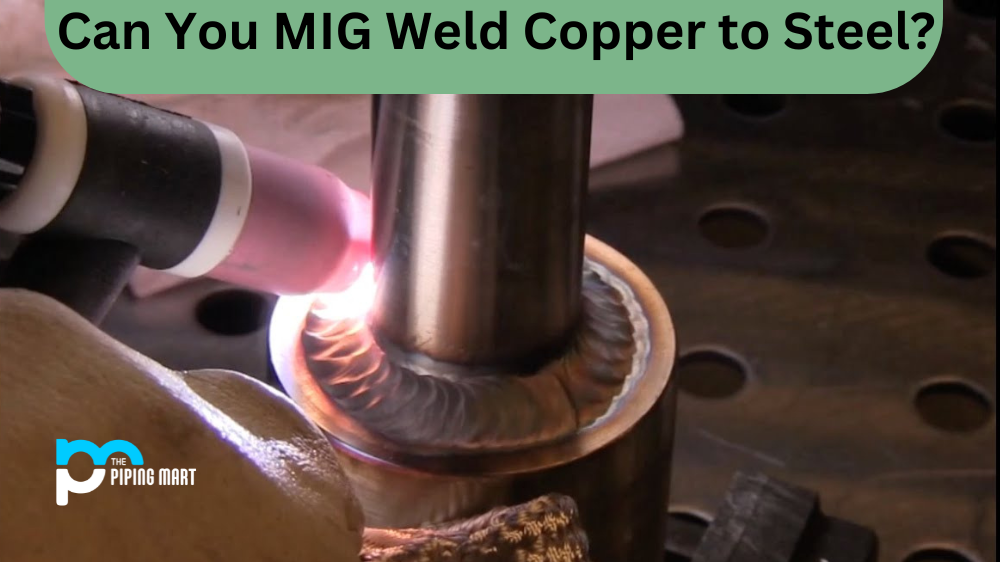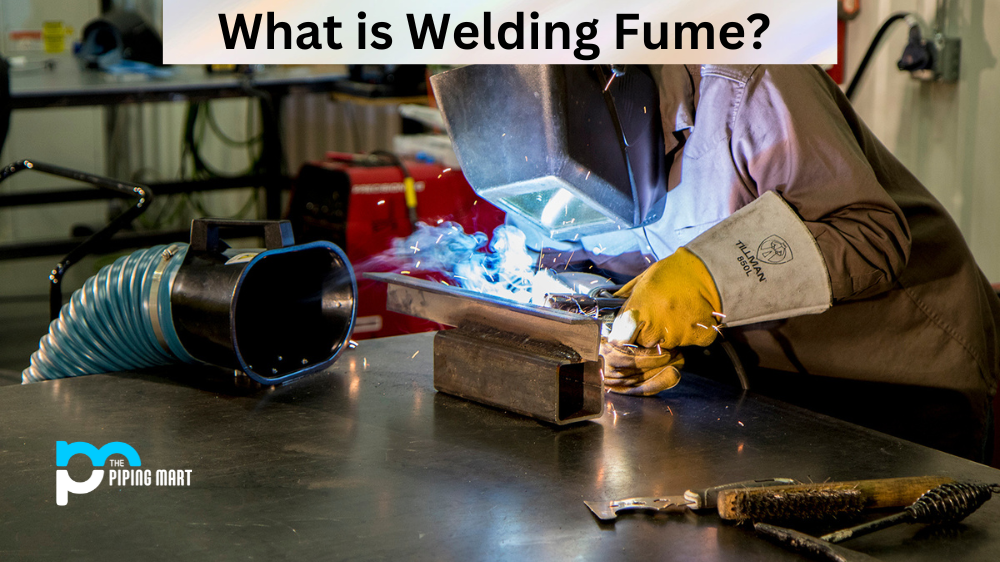MIG welding, otherwise known as Gas Metal Arc Welding (GMAW), is a process that uses an electric arc to join metals together. It has become increasingly popular in recent years due to its speed and convenience. One of the more common questions welders have when it comes to MIG welding is if they can join two dissimilar metals, such as copper and steel. So what’s the answer? Let’s look at some of the factors that come into play when attempting this type of welding.
MIG Welding Basics
When it comes to MIG welding, there are several considerations that come into play when attempting to join two different types of metal. First, you must ensure that you have the proper equipment for the job—namely, a MIG welder with adjustable amperage settings, a spool of flux-cored wire (or solid wire) appropriate for your materials, and a shielding gas suitable for both copper and steel. Additionally, you must ensure that your workpieces are properly cleaned before welding; any dirt or oxidation on either metal can prevent a successful weld from forming. Once you have taken all these steps, you can then begin to make your welds.
Welding Techniques
When it comes time to make your welds, it’s important to pay attention to the techniques used. For example, when welding copper and steel together, you should use an alternating technique where each pass alternates between copper and steel—this helps prevent warping due to thermal expansion differences between the two metals. Additionally, be sure not to set your amperage too high; higher current settings can cause excessive heat buildup, which can weaken or even burn through your materials. Finally, keep a close eye on your weld puddle—it should remain relatively small and consistent throughout the entire process in order for a successful weld joint to form.
Conclusion:
MIG weld copper and steel together using proper preparation and technique. However, it’s important to remember that this type of welding requires additional care compared with other types of welding due to its complexity; using improper settings or techniques could lead to weak or incomplete joints, which may fail under pressure or wear over time. As always, with any type of welding project, safety should be your first priority, so be sure you understand all the risks before beginning any work with potentially hazardous materials like metals!




